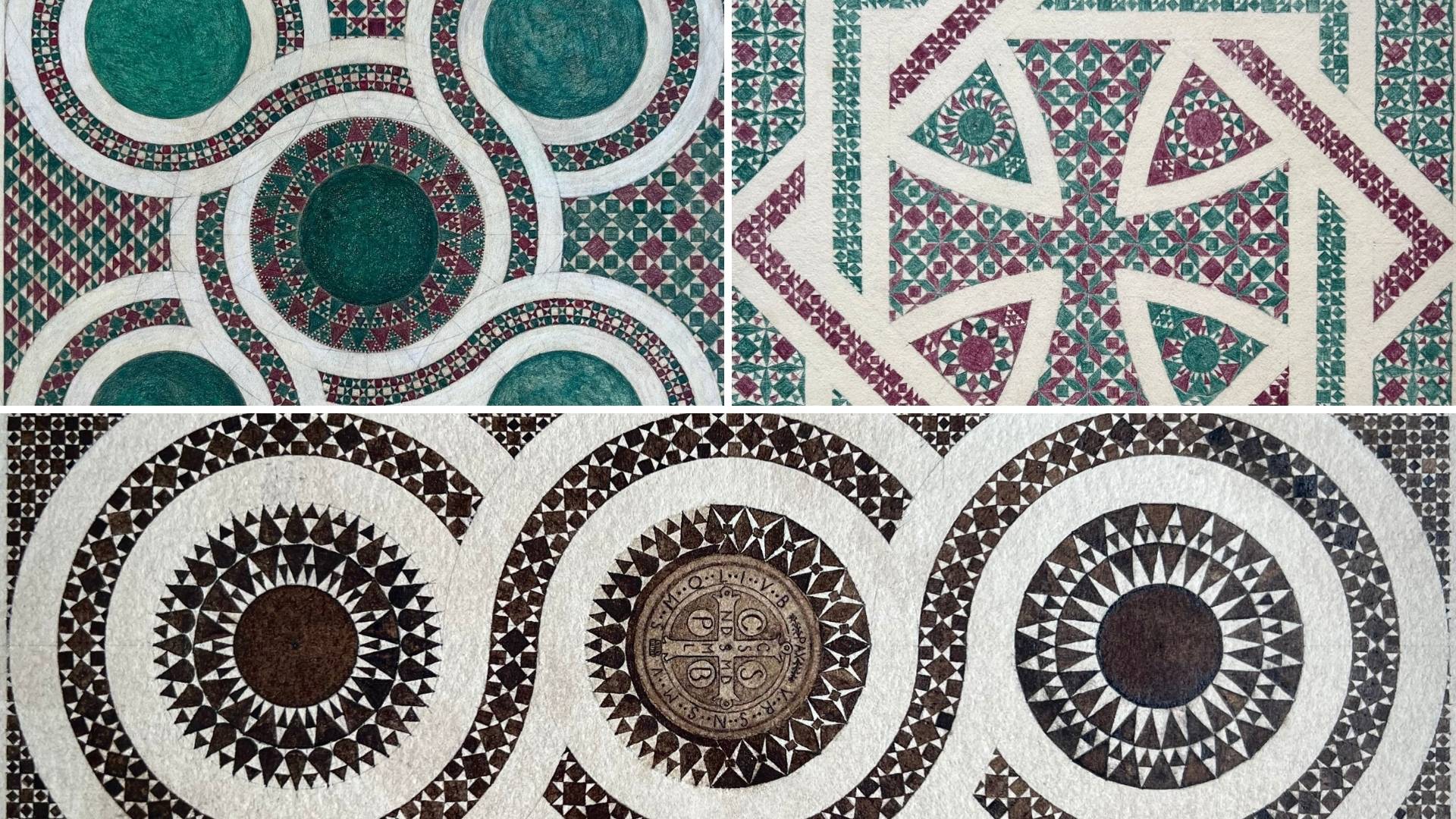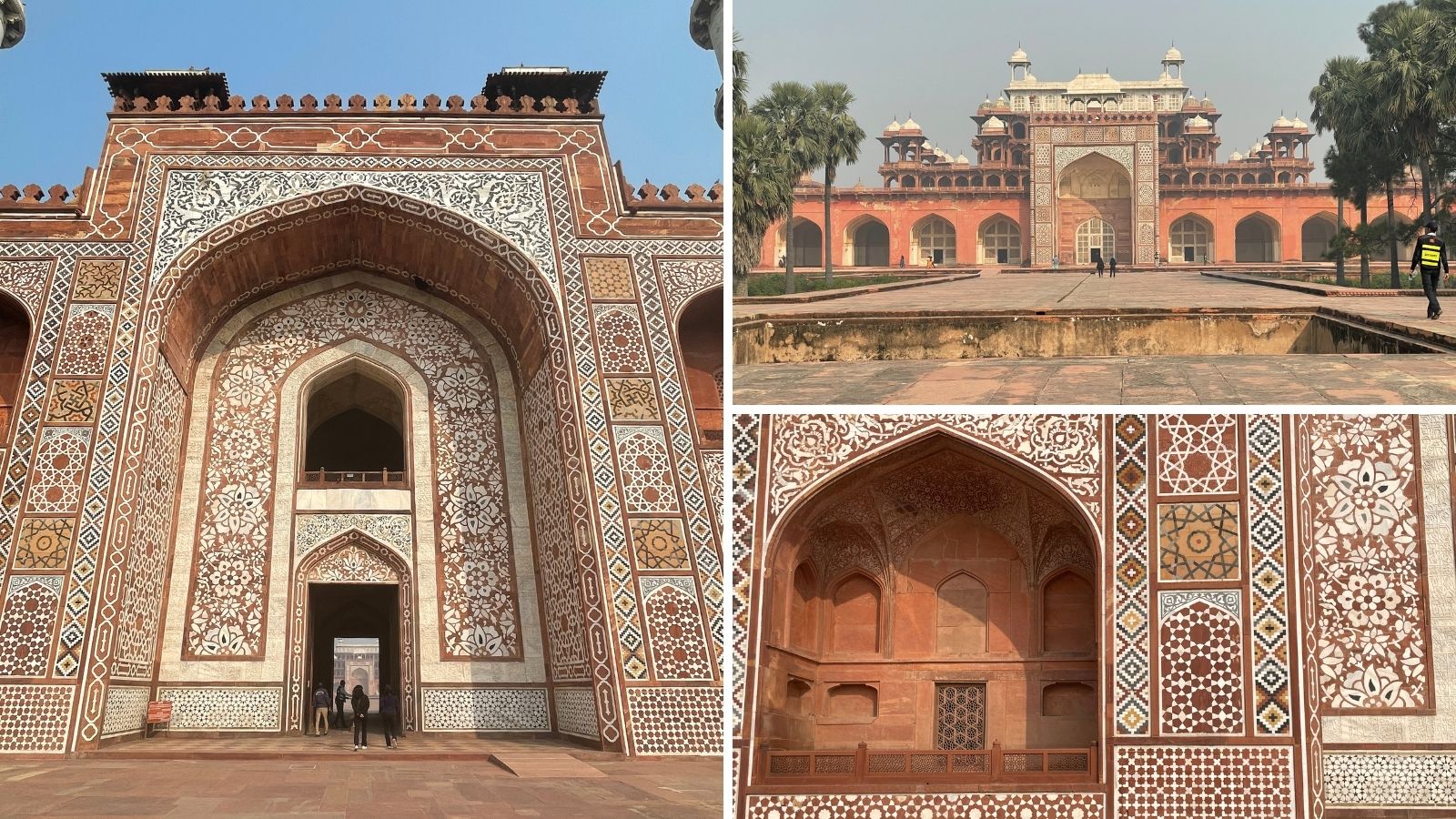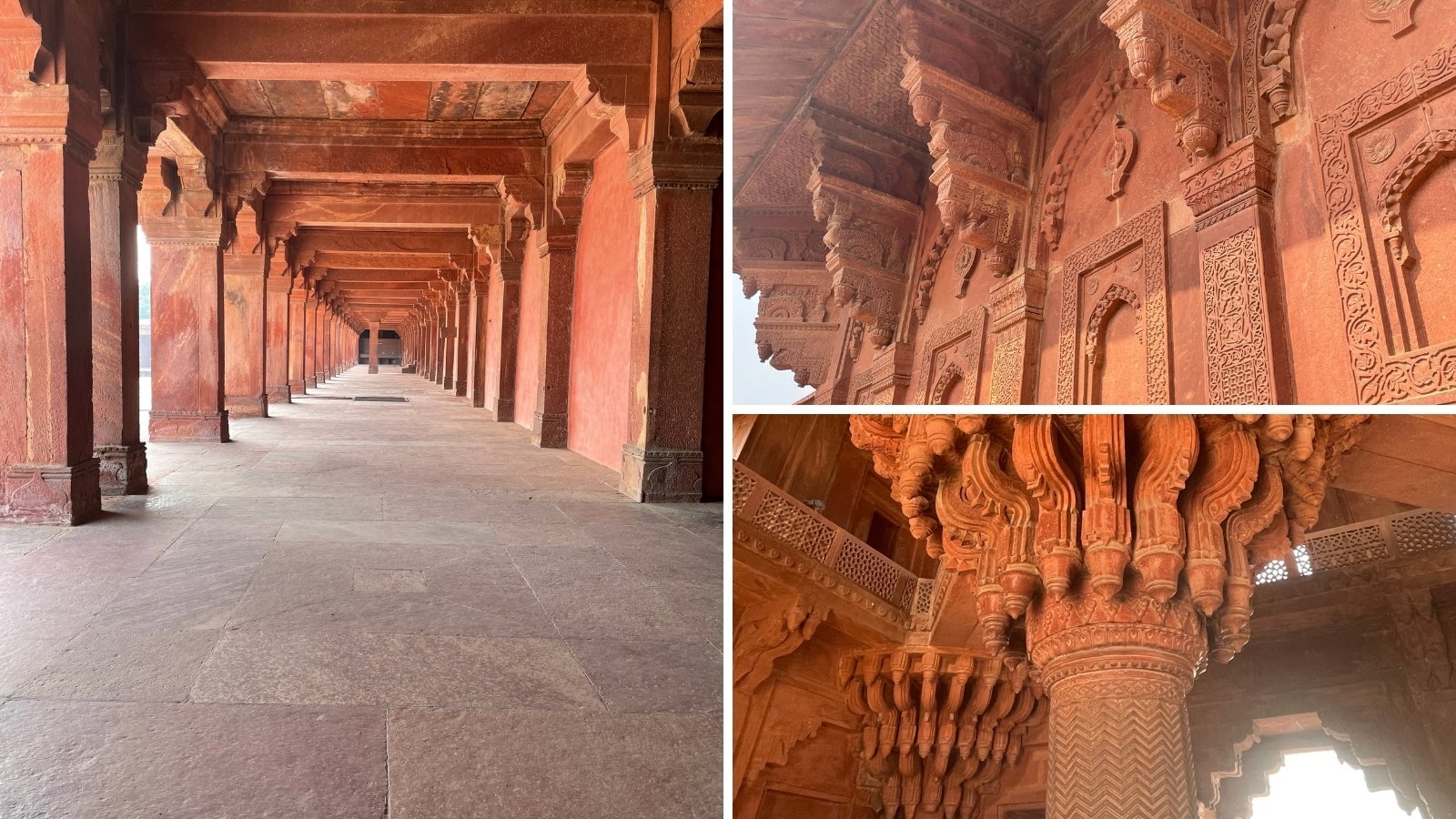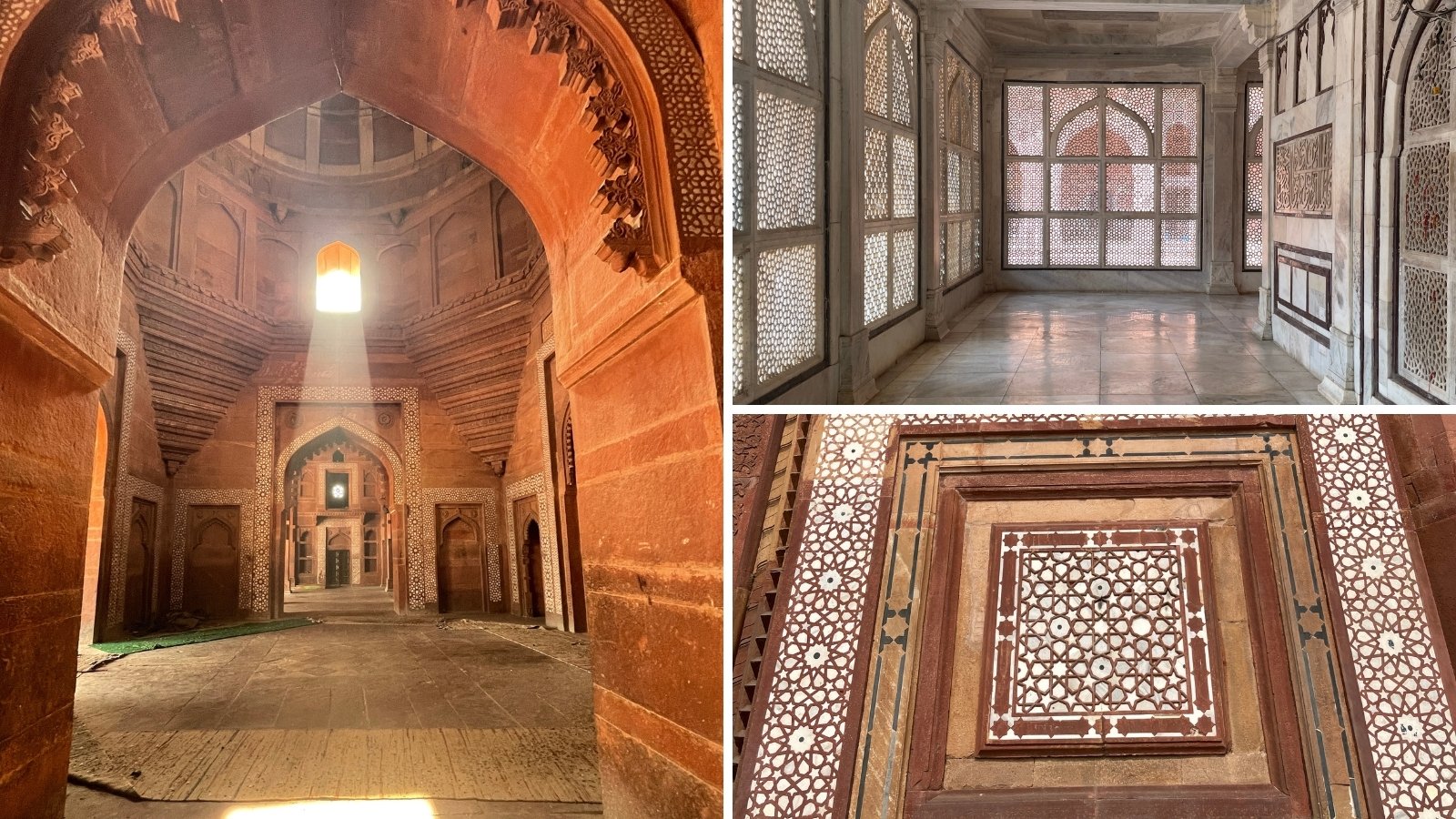About
Encountering Cosmatesque ornamentation is like stepping into a visual riddle—an intricate tapestry of geometry. Found primarily in medieval Catholic churches in and around Rome, these mesmerising stone inlays evoke labyrinths, gardens, carpets and pilgrimage paths, all woven into a single surface.
With their roots in ancient Roman mosaics, Cosmatesque designs feature vibrant inlaid patterns of coloured stone and glass, meticulously cut into geometric forms. This course offers a practical approach to understanding and recreating these ornaments using compass and ruler. While unlocking the geometric principles behind their construction, it invites you to decode and ‘speak’ the language of the Cosmatesque.
Drawing from examples found in churches such as the Anagni Cathedral, San Clemente and San Benedetto in Piscinula in Rome, participants will:
• Learn to analyse and draw Cosmatesque patterns and their ornamental infills
• Explore the historical and symbolic context of these designs
• Develop practical skills for independent exploration and creative interpretation
Key Information
Who is this course for?
All levels of ability and experience are welcome. You must be aged 18 or over to participate in our online programmes.
When will the workshop take place?
This workshop will run on Wednesdays, 4, 11, 18, 25 March and 1, 8 April 2026, 10:00 – 13:00
Please note that times are given in Greenwich Mean Time.
On 26 March, we will switch to British Summer Time (GMT+1)
What materials do I need?
- Standard compass
- Pencils, 1 each x in 2H and HB
- Eraser
- Rulers: 50cm and 20-30 cm
- Washi or Masking tape
- A4 printer paper and a cardboard to place under the paper
- A3 printer paper and a cardboard to place under the paper
- A4 tracing paper
- Colouring pencils: wine red and dark green (recommended Faber-Castell Polychromos Deep Cobalt Green 158 and Red Violet 194)
Online Learning
How do I attend the online class?
This class will take place on Zoom, an online meeting platform. A link for joining the Zoom meeting will be sent before the start date.
Handouts and recordings of sessions will be made available via Thinkific, our online learning platform, for a period of 3 months after the end of the workshop.
What if I have questions during the workshop?
Students will be able to ask questions via chat or unmuting themselves. Students will also have access to our online learning platform, Thinkific, where we share supplementary content.
I live in a different time zone, can I still attend?
We encourage you to attend the course in real time to really benefit from instruction; however, if you are unable to attend live due to the difference in time you can catch up via recordings on our online learning platform, Thinkific. These recordings are available for a limited time after the course.
Recordings cannot be purchased separately if the course is fully booked or if the course has already started.
Tips:
You must download the Zoom app and create a free account before the class begins, so that you can use the full range of features:
- You can create your free account here
- You can download the Zoom app onto your computer or device here
FAQs
Do you offer concessions?
Yes, we offer concessions for full-time students and Seniors/60+.
Concessions cannot be applied in retrospect. To receive a concession, please apply via our online form. We will then send you a discount code to use when booking your space.
What if I need to change or cancel my booking?
No refunds, unless cancelled by the School. If you cancel up to 1 week before the workshop starts, we can offer a transfer to another workshop of equivalent value, subject to availability.
Tutor Biography
Magdalena Ganestam was born in 1976 in Warsaw, Poland and moved to England at age twelve. Unable to speak the new language, she adopted the visual as a means of relating experiences. It took time and a meandering path to discern her creative voice, which she continues to define and refine as she makes art alongside her daughter. She lives in Rome, where she divides her time between researching and teaching the geometry of Cosmatesque ornaments and her practice as a semi-abstract miniature painter. Magdalena holds an MA in Traditional Arts from The King’s Foundation School of Traditional Arts and a BA in Fine Art from the Slade School, UCL.



